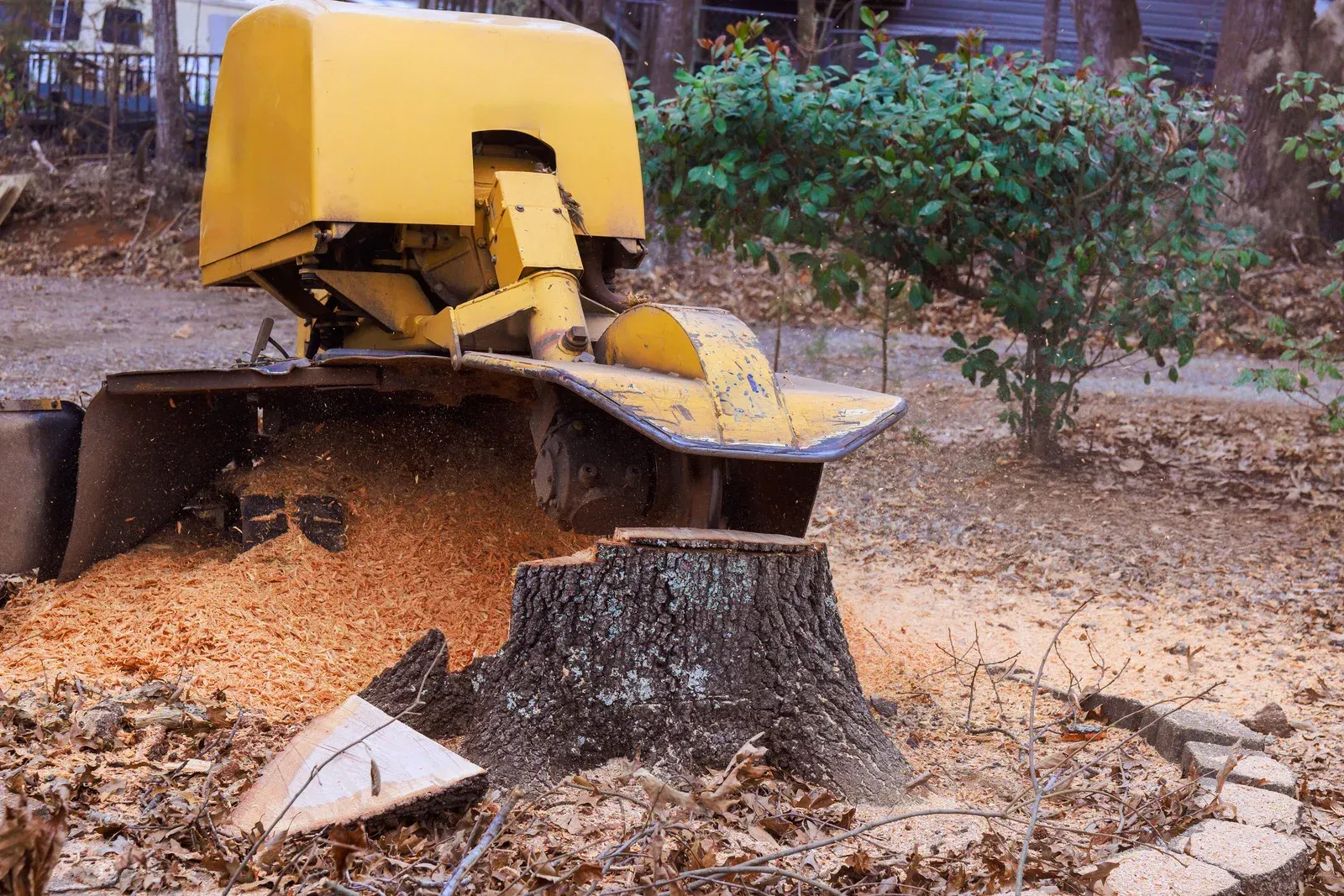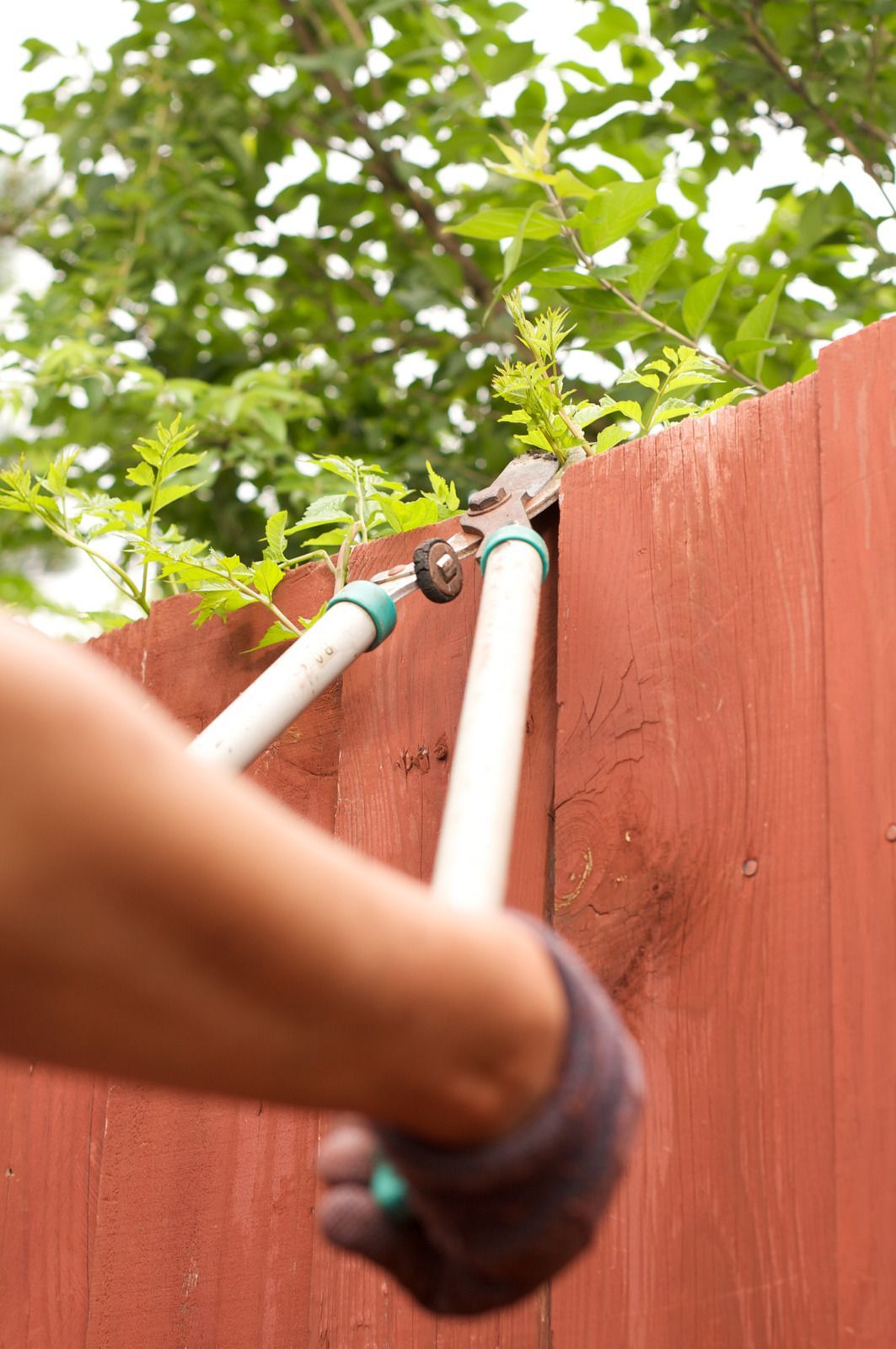How Plant Health Care Professionals Are Revolutionizing Landscape Management
Like everything else, landscaping has undergone significant transformation in recent years. The way in which plants are cared for, and ornamental plants are managed is changing owing to innovative strategies. Everyone realizes a need to prioritize the health of ecosystems, and that is what professionals are doing. This revolution is shaping the way we think about and care for our environment, leading to healthier landscapes and larger green spaces. Here's how these dedicated experts are making a difference.
7 Ways In Which Landscaping Is Revolutionized
Oak is one of the most popular firewoods, known for its slow-burning and long-lasting heat. This dense hardwood takes a while to get going but once lit, it burns with a steady flame and produces significant heat. Oak is ideal for long winter nights and is widely available in many regions.
1. Embracing Integrated Pest Management
Integrated Pest Management (IPM) is very common in landscape management today. It minimizes the use of chemical pesticides and relies on a combination of biological, cultural, physical, and chemical tools to manage pests in the most environmentally friendly way possible. Plant healthcare professionals are trained to identify pests and understand their lifecycle.
2. Focusing on Soil Health
Plant healthcare professionals are laying a lot of stress on the importance of soil health. Living soil supports the growth of strong plants. Techniques such as composting, mulching, and using organic fertilizers are becoming more common as they nourish the soil and improve its structure capacity to retain water. More water and healthier soil means less fertilizer.
3. Utilizing Native Plants
Native plants are adapted to the local climate and soil conditions, making them more resistant to pests and diseases. They require less water and maintenance than foreign species, making them an environmentally friendly choice in landscaping. Native plants also support local wildlife, including pollinators like bees and butterflies.
4. Implementing Water-wise Landscaping
Plant healthcare professionals are leading the way in designing and implementing water-wise landscapes that reduce irrigation needs. Techniques such as drought-tolerant plants, efficient irrigation systems, and rainwater harvesting are used. This way, landscapes remain beautiful and sustainable, even in areas with less water.
5. Promoting Plant Diversity
Diversity is critical to a healthy ecosystem. With various plant species, plant healthcare professionals create stronger landscapes that do not fall prey to pests and diseases. A diverse planting strategy also provides habitat and food for a variety of wildlife, contributing to the overall health of the local ecosystem.
6. Supporting Pollinators in Our Gardens
Bees, butterflies, and other pollinating friends are essential in our ecosystems. Professionals are building gardens that welcome these creatures. Planting a mix of flowers that bloom at different times of the year ensures that pollinators have a consistent food source. Avoiding pesticides and providing natural habitats can make our gardens safe havens for pollinators.
7. Using Technology
Professionals use technology to help them do more efficient landscaping. From sophisticated irrigation controllers that adjust watering based on weather conditions to drones that monitor plant health from above, plant healthcare professionals are leveraging technology to make landscape management more efficient and effective.
Plant healthcare professionals are most important in landscape management. Through their dedication to sustainable practices, they are enhancing the beauty and health of landscapes and contributing to the planet's well-being. They show how it is possible to create outdoor spaces that are both stunning and sustainable.



